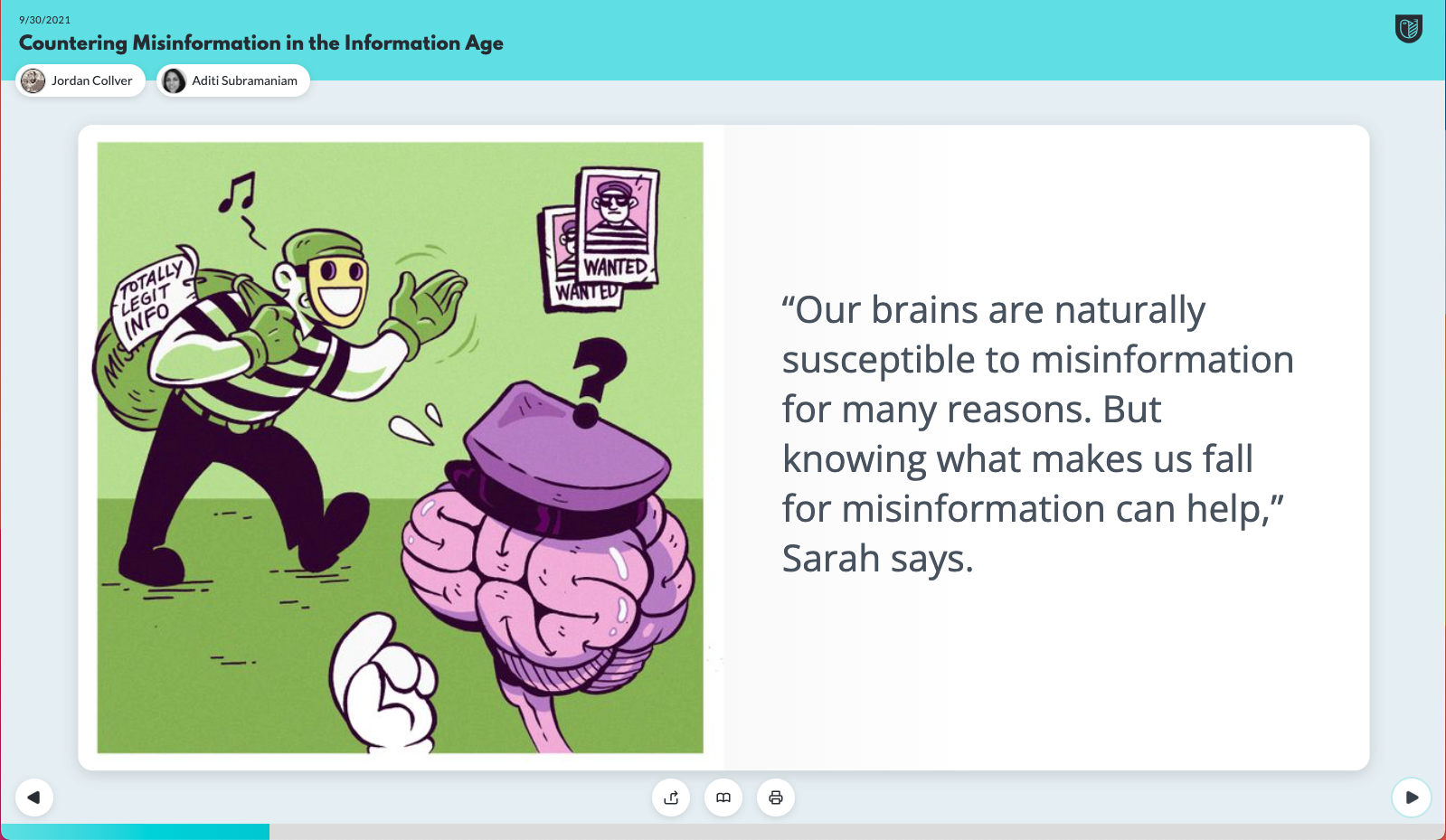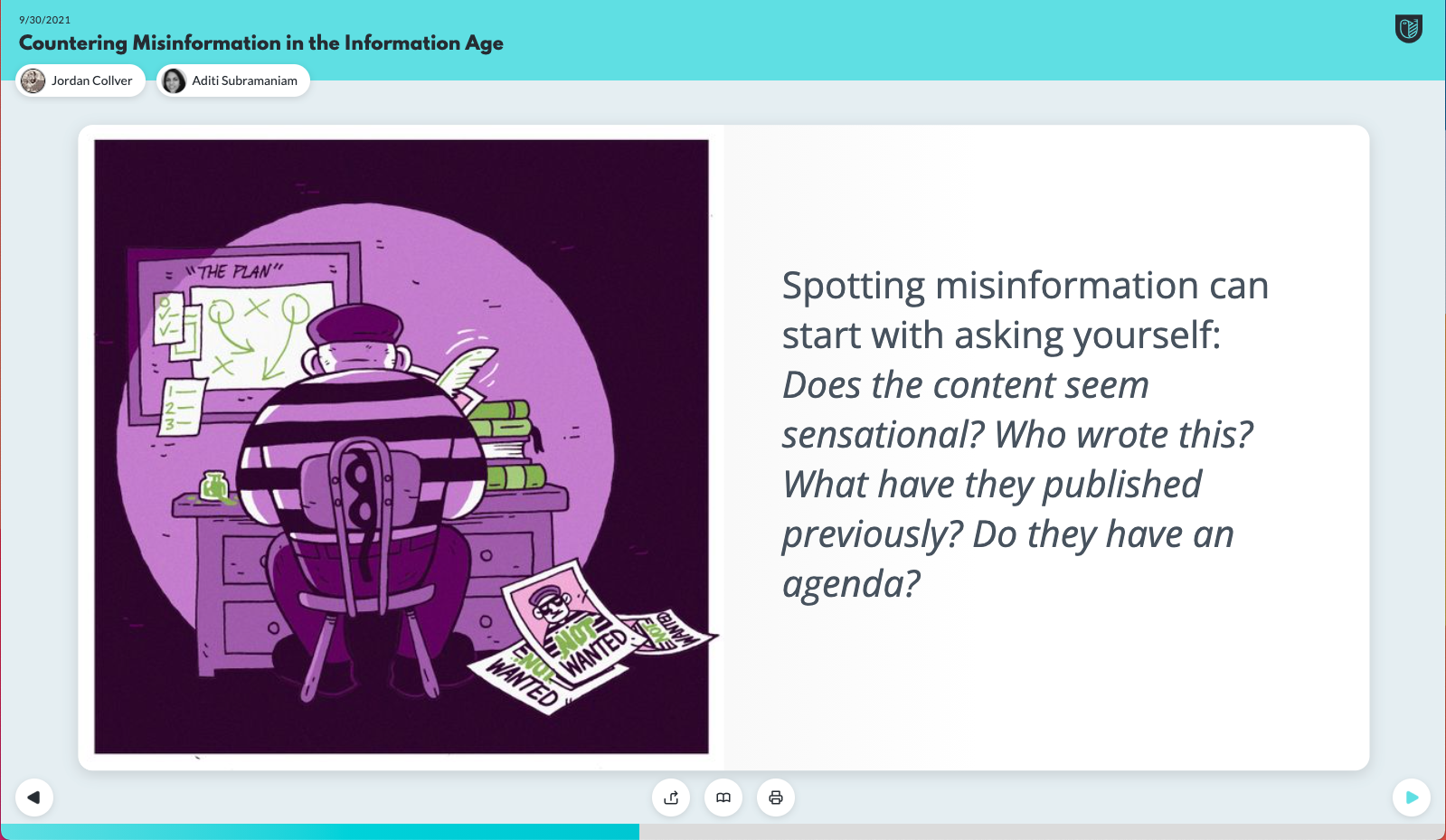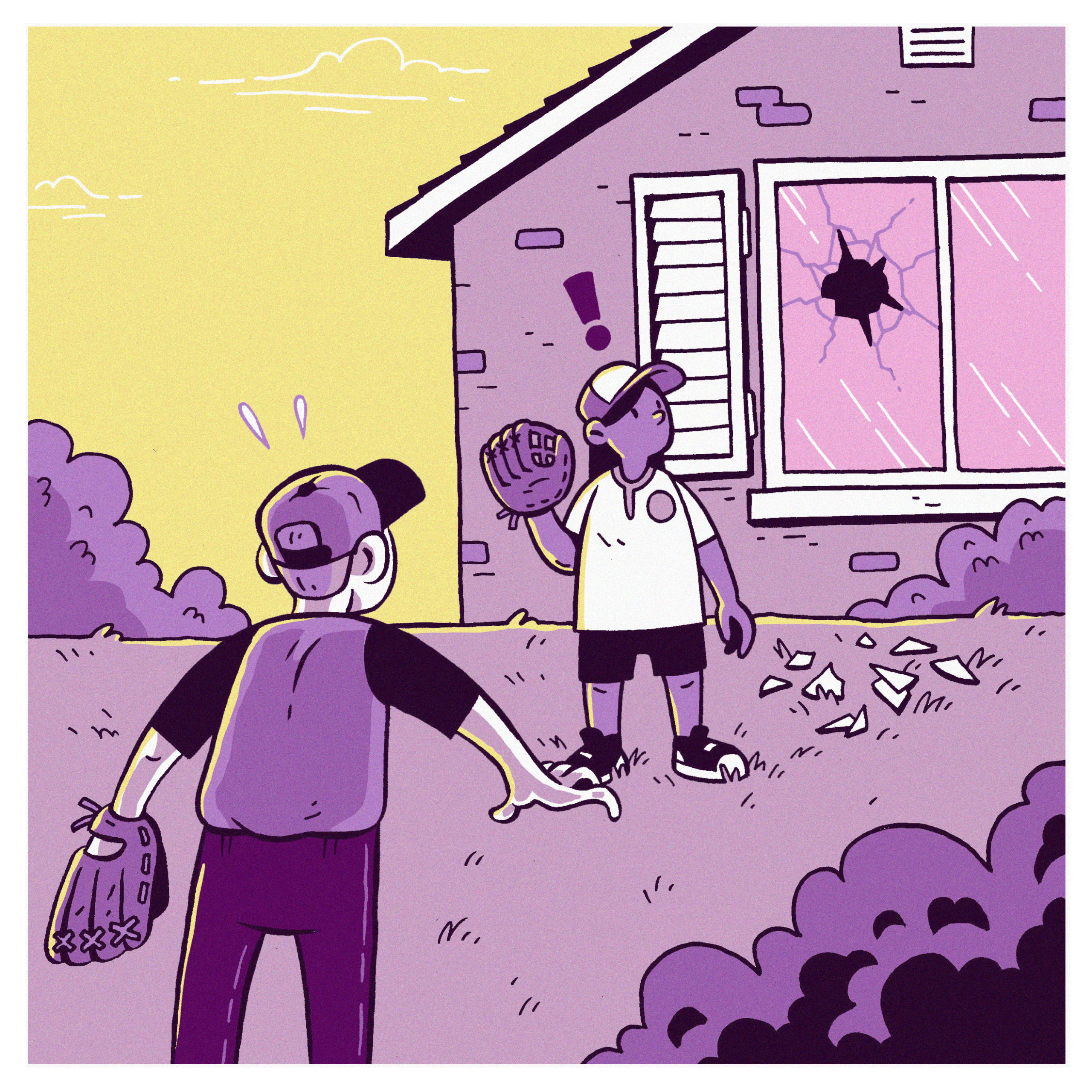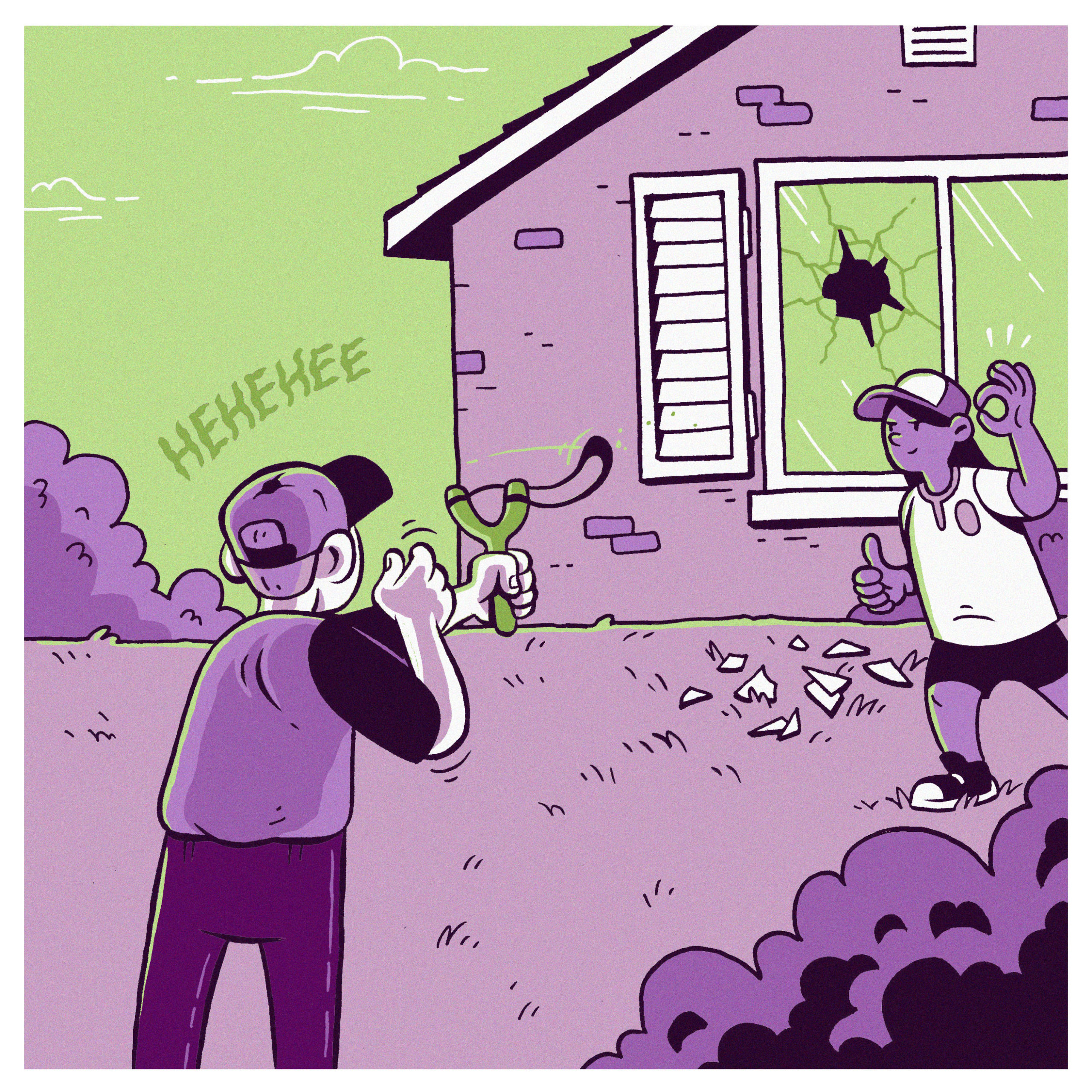For the month of October, we have a special SciComm Challenge. This challenge, focused on creating a visual metaphor of an infodemic and how we can prevent or combat it, is co-hosted by Cochrane for World Evidence-Based Healthcare Day on Oct 20!
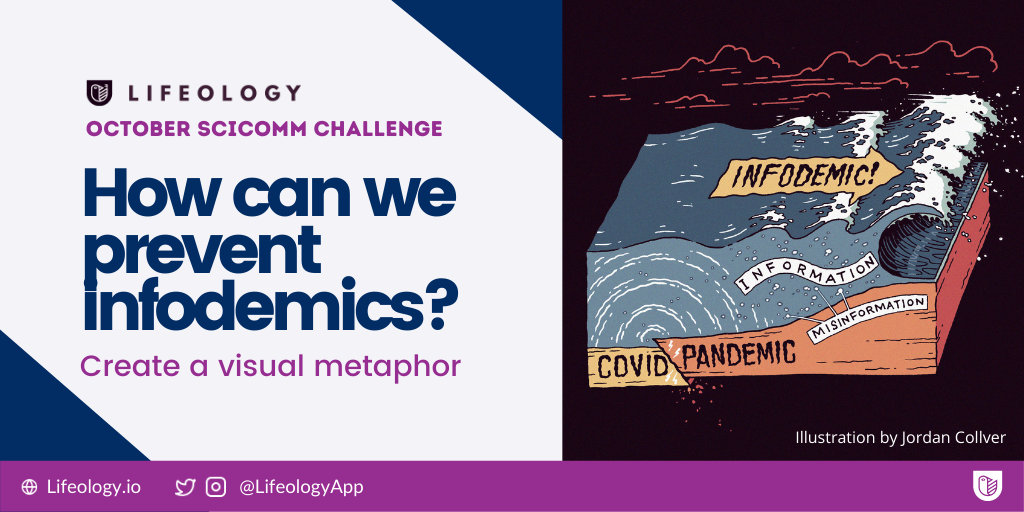
An infodemic can be compared to a barrage of information spreading like wildfire across the globe through social media platforms, or waves of (both good and bad) information that overwhelm and confuse people. See how metaphors are already important in defining an infodemic?
Infodemics are so named because they often accompany pandemics or public health emergencies. The COVID-19 infodemic is a WHO-declared pandemic that is running parallel with the COVID-19 pandemic. This infodemic, according to Tiffany Duque at Cochrane, is “too much information, including false or misleading information, in digital and physical environments during a disease outbreak” that causes confusion and risk-taking behaviors, and can lead to mistrust in health authorities.
Cochrane has been responding to the World Health Organization’s call for action to manage the COVID-19 infodemic by promoting research and science literacy, creating plain language summaries of research, curating research findings and building systematic reviews around COVID-19 topics.
Fighting the COVID-19 infodemic was ranked as a priority in the list of global health issues that the World Health Organization would focus on in 2021. Currently there is an overabundance of information, misinformation and disinformation associated with COVID-19, which will likely continue to be an issue and barrier to public health measures like vaccination.
How can we counter or fight this infodemic? There are a number of ways that we can all help, from verifying information before we share it online to creating more understandable and relatable science and health messages. We will be discussing this more in an upcoming Lifeology course that is the result of a collaboration between the Lifeology SciComm Program and Cochrane for World Evidence-Based Healthcare Day #WorldEBHCday!
One way to counter misinformation and fight an infodemic is to make science and health information more accessible, transparent and understandable… through storytelling and visuals! In Lifeology courses, we often tell stories about complicated concepts through the use of visual metaphors. Visual metaphors can make complicated or abstract or scientific concepts more relatable for people, by relating them to other things that are known or familiar. Visual metaphors can give people frames of reference for concepts or action, help them learn and remember concepts and ideas, even inspire them.
Lifeology artist Jordan Collver uses many visual metaphors for infodemics and countering misinformation in a Lifeology course about countering misinformation and a course about infodemics (coming soon!). These visual metaphors help us create memorable mental images of things that can be difficult to define or envision through text. For example, he visualized an infodemic as a tsunami of information triggered by a pandemic “earthquake” and worsening its impacts.
This month, we challenge you to create your own visual metaphor to explain what an infodemic is and/or how people can help to counter misinformation and fight the infodemic! Give people something to relate to or inspire and empower them by creating a visual metaphor for an action they can take to protect themselves or others from misinformation, for example.
The Challenge
Create a visual metaphor to explain what an infodemic is or an approach or strategy for countering misinformation and fighting the infodemic.
Format: Create a 1:1 square graphic or visual (.png file format) for your submission. You can create your visual in any medium – draw it by hand, create it in Canva, or anything in between!
Submit your visual metaphor along with a 1-2 sentence written definition of what an infodemic is in your own words, OR a call to action or tip for how people can prevent or fight an infodemic. Your visual and text will be used to create a card within a Lifeology card-deck curating all the submissions for this challenge! You can submit using this form or by emailing courtney.adams@lifeomic.com.
See your submission published at Lifeology! Cochrane will also be selecting a limited number of submissions to feature in a news item at cochrane.org! Three creators (based on our favorite 3 submissions) will also earn Cochrane membership points – a great CV booster!
Tips From Jordan Collver:
Coming up with visual metaphors is one of the most enjoyable and challenging parts of communicating science through art. Rather than just accompany the text with a literal interpretation, visual metaphors can add extra information, complexity and meaning.
Often metaphors or analogies will spring to mind straight away when thinking about scientific concepts (I’m looking at you, Darwin’s Tree of Life), but where to start if it doesn’t? When you’re finding it hard to see the forest for the trees… start with the tallest tree! Identify the central Big Idea you want to get across, then try coming up with a few good metaphors or comparisons for just that. Aim to make them as different from each other as possible, but don’t worry about any of the specifics yet. Once you’ve come up with a few possibilities that encapsulate that Big Idea, then work your way out from there. How many other ideas can you fit inside it?
This should be a fun and exciting process, and you know you’ve landed on the right metaphor when the comparisons start to fall into place naturally. If you have to force it or it gets a bit frustrating, it’s probably time to move on to one of your other ideas.
The metaphor you end up using doesn’t always have to be the one that encapsulates the most ideas from the subject matter you’re trying to communicate. Ultimately, if there’s a metaphor that you feel perfectly represents your Big Idea and nothing else, go with that one. You can always find a different metaphor for the other concepts.
And as long as they aren’t in conflict, don’t worry too much about “mixing metaphors,” either. If they’re easy to distinguish from one another and it’s clear when you’re talking about which metaphor, if anything having different metaphorical lines of thought running in parallel increases the chances that one will connect with the reader. Better to think of them as “complimentary metaphors” – oil and water may not mix, but oil and balsamic vinegar taste great together!
Bonus points if it has possible mnemonic applications that help you remember the information. I find framing something in the context of a gag or visual joke helps it stick. For example, here (from my Lifeology course on misinformation with Aditi Subramaniam) I tried to do a situational play on “miss” and “diss” to help the reader remember the difference between unintentional spreading of misinformation (left) versus deliberate disinformation (right).
But it’s important to be sensitive. Does the tone of the metaphor fit with the subject matter? For example, when thinking about the central tsunami image from the forthcoming Lifeology course on Infodemics, I needed to weigh up any possible negative associations people might have who have been affected by real disasters. While creating an emotional connection is one of the great advantages of visualization, it can also carry potentially unintended meanings that could be distracting and actually undermine understanding.
In the end I decided that instead of extending the “information tsunami” metaphor to include the aftermath of such an event, having served its purpose as a setup I would reframe it a bit throughout the rest of the course with a more general “water” theme (e.g. umbrellas etc) where I felt it more appropriate to use humour.
The main challenge is to try not to get too caught up with the specifics of your metaphors; make sure they are internally consistent, but otherwise prioritize the idea or information that metaphor is trying to get across. After all, it’s great having a beautifully ornate stained-glass window to look at, but not if the purpose of putting the window there in the first place was to see the view outside. Instead, a good metaphor should act like a lens, bringing clarity and focus. We want to look through it, not at it.
But I’m going to leave it there now lest I risk overextending this metaphor…
